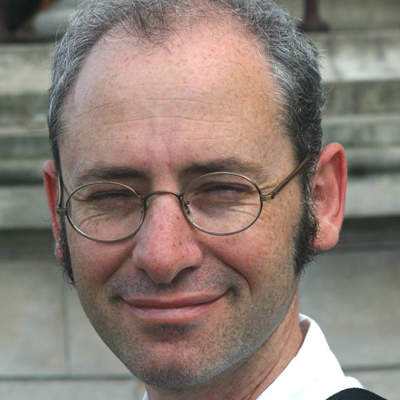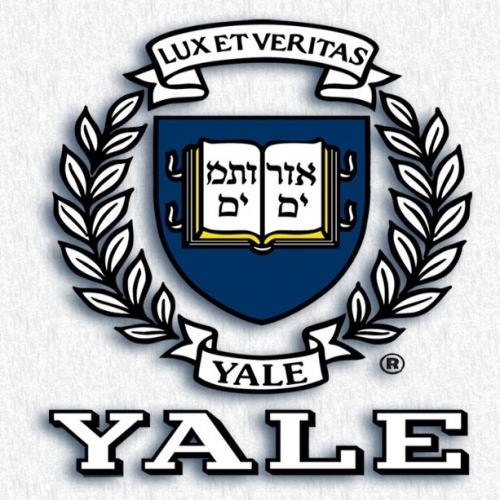Observing quantum effects in the behavior of macroscopic objects
Dr. Harris, of the Department of Physics at Yale University, focuses on the possibility of observing exotic quantum effects in the behavior of macroscopic objects.
Quantum mechanics provides us with the basic laws of physics. Although the form of these laws has been known for nearly a century, they describe a universe that is profoundly counterintuitive: objects may appear to be in multiple places at once, they may appear to influence each other without regard for the distance separating them, they may pass through apparently impenetrable barriers, and they may process information much more efficiently than any apparatus obeying the laws of classical mechanics. These phenomena are usually thought of as occurring only at the smallest scales (e.g., with electrons, photons, and atoms). However, the laws of quantum mechanics do not explicitly prohibit macroscopic objects from exhibiting these unusual phenomena.
In the early years of quantum mechanics, Albert Einstein pointed out that the force exerted by a reflecting photon would offer a conceptually simple means for inducing (and observing) quantum behavior in macroscopic objects. Normally, the force exerted by photons is so weak that it is almost unmeasurable. Dr. Harris' team is devising ways to enhance this force to a level well beyond what can be achieved today, with the goal of observing the most dramatic quantum effects in the motion of macroscopic objects. Dr. Harris' team has succeeded in observing simple quantum effects in the motion of a 1-mm-square sheet of glass with a mass of 40 nanograms. The team has recently observed the first optomechanical effects in superfluid liquid helium. Although the effects observed so far are classical, they are a proof-of-principle that superfluid helium's truly unique properties can be exploited to access new regimes of optomechanics. Based on these results, Dr. Harris is confident that the team's previous experience will allow them to realize a new device, in which a drop of superfluid helium is magnetically levitated in a vacuum. Mechanical and optical energy will be stored entirely within the drop, taking full advantage of the unique properties of superfluid helium. By trapping photons inside the drop, each photon will "kick" the drop billions of times -- thereby transferring quantum behavior to the drop's motion. The most ambitious goal of this work is to study the quantum behavior of objects that are so massive that they perturb the gravitational field around them. Understanding the interplay of quantum mechanics and gravity remains one of the outstanding challenges for physics in the twenty-first century; Dr. Harris' work will access regimes where this interplay can be studied in unique tabletop experiments.

Bio
When Dr. Harris was in high school, a physics teacher recommended a few books that gave a popular description of some the mysteries of quantum mechanics. He was fascinated and wondered whether it had to be this way: Could the classical world of our everyday experience arise without a quantum world underlying it? And might it be possible to observe the most exotic quantum effects in the behavior of macroscopic objects? He is still intrigued by these questions, and much of his research is focused on addressing them via concrete experiments.
In addition to the scientific goal of understanding quantum mechanics at the macroscale, Professor Harris' lab provides training for upcoming generations of physicists. Postdoctoral associates, graduate students, undergraduate students, and collaborators from other institutions participate closely in every stage of the experiments, from building the apparatus to taking and analyzing data, to presenting the results at workshops and conferences. Former group members have begun their own research groups as faculty members at UC Santa Barbara, McGill University, and the Rochester Institute of Technology.
In the News
Discover Magazine
Physics World


